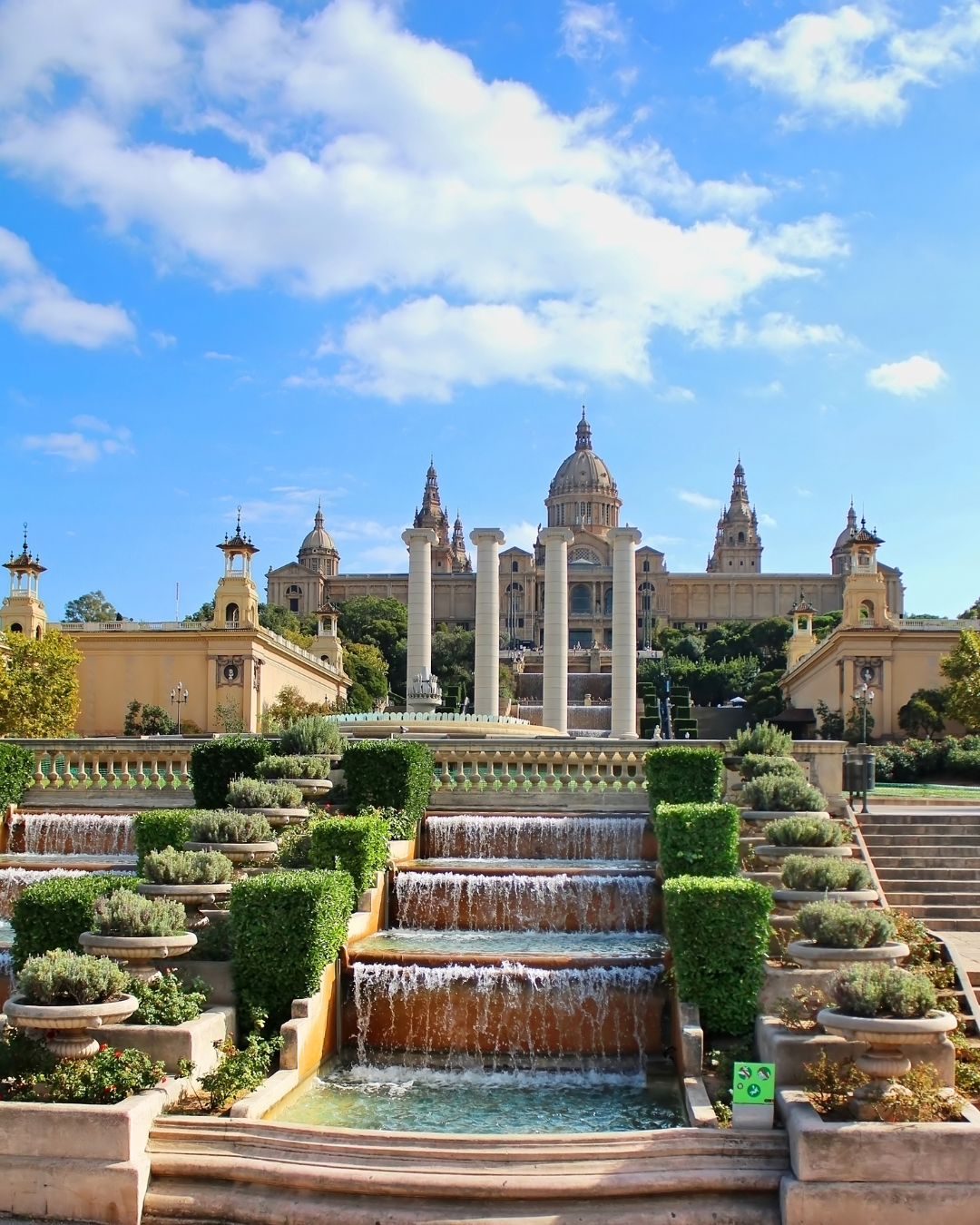
From Classical to Digital: The Evolution of Museums in Spain
Share
Spain boasts a rich museum culture that has evolved significantly over the centuries. From traditional institutions housing classical masterpieces to cutting-edge digital experiences, museums in Spain have continuously adapted to new artistic movements, technologies, and visitor expectations. This evolution reflects both Spain’s deep historical roots and its commitment to innovation in the cultural sector.
The Classical Era: Preserving Spain’s Artistic Legacy
The foundation of Spain’s museum scene dates back to the early 19th century, with the establishment of institutions dedicated to preserving the country’s artistic and historical heritage.
The Prado Museum: Spain’s Artistic Crown Jewel
Founded in 1819, Madrid’s Museo del Prado is one of the world’s most prestigious art museums. It houses masterpieces by Spanish masters like Velázquez, Goya, and El Greco, as well as works by international artists. The Prado set the standard for classical museums in Spain, emphasizing the conservation and display of historical artworks.
Regional Museums: Protecting Cultural Heritage
Throughout Spain, regional museums emerged to safeguard local history and traditions. Institutions such as the Museo de Bellas Artes de Sevilla and the Museu Nacional d’Art de Catalunya played a key role in preserving religious art, Gothic masterpieces, and the works of Spanish baroque painters.
The Modern Movement: Expanding Beyond Tradition
The 20th century saw a shift toward modern and contemporary art, as well as the expansion of museum collections to include new artistic forms and cultural narratives.
The Rise of Contemporary Art Museums
In response to Spain’s vibrant modern art scene, museums such as the Museo Nacional Centro de Arte Reina Sofía (Madrid) and the Guggenheim Museum (Bilbao) were founded. These institutions moved beyond classical art to showcase groundbreaking works by Picasso, Dalí, Miró, and contemporary international artists.
Industrial and Thematic Museums
The late 20th century also saw the rise of specialized museums focusing on science, industry, and unique cultural aspects. Museums like the Museo de la Ciencia y el Cosmos in Tenerife and the Railway Museum in Madrid offered more interactive and thematic experiences, attracting diverse audiences.
The Digital Revolution: A New Museum Experience
The 21st century has brought digital transformation to the museum world, redefining how visitors engage with art and history. Spanish museums have embraced technology to create more immersive and accessible experiences.
Virtual and Augmented Reality
Museums such as the Alhambra Museum in Granada and the Museo del Traje in Madrid have incorporated virtual and augmented reality experiences, allowing visitors to explore historical settings or see garments from different time periods in motion.
Interactive Exhibits and Gamification
Museums like CosmoCaixa in Barcelona and the Museu de les Ciències Príncipe Felipe in Valencia offer hands-on, interactive exhibits that use gamification techniques to engage younger audiences and make learning more dynamic.
Online Access and Digital Collections
In response to global trends, major Spanish museums have expanded their digital presence, offering online collections, virtual tours, and educational content. Institutions like the Prado and Reina Sofía have made thousands of works available online, making art more accessible to global audiences.
The Future of Museums in Spain
The evolution of museums in Spain continues as they embrace new technologies, sustainable practices, and inclusivity. The next phase will likely focus on:
-
AI and personalized visitor experiences
-
Sustainable museum architecture and eco-friendly exhibitions
-
Greater accessibility through digital and hybrid formats
-
Cross-disciplinary collaborations merging art, science, and technology
Conclusion
From classical institutions preserving Spain’s artistic heritage to innovative digital museums redefining visitor engagement, Spain’s museum landscape has evolved to meet the changing expectations of audiences. Whether you are drawn to timeless masterpieces or cutting-edge digital art, Spain offers a museum experience for every kind of visitor.
